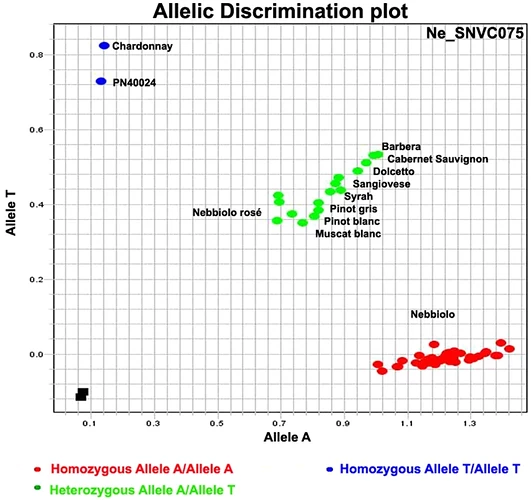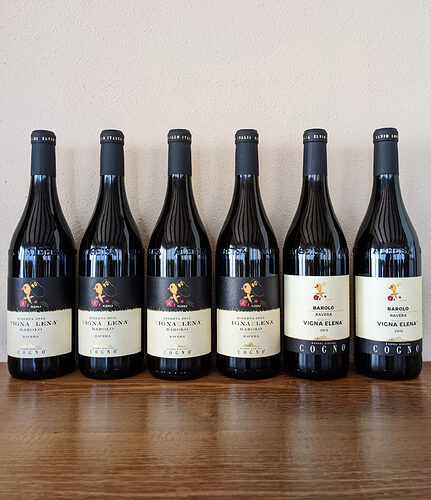I can’t vouch for the veracity of any of this, which a Berserker lurker emailed me today, but I thought I’d toss it in here for fun:
Pie Franco and Ca’ Morissio folks got right. The first Monprivato, 1970, was also 100% Michet.
Curiously, there is no known Michet in Barbaresco. Who knows why.
Michet and Lampia are phenotypes. Some of the folks who bought d’Agata’s book should have read it!
Accomasso’s Rocchette Riserva has some Michet in it.
Brovia’s Brea Vigna Ca’ Mia once claimed to be 100% Michet, but today, who knows.
Tenuta Carretta made a “Vecchio Michet Riserva” in 1958 and 1961, and perhaps other vintages. Their Riserve from that time probably contained Michet as well.
There is a bunch of Michet in the sprawling Bussia vineyard. Aldo Conterno’s Vigna Colonnello is dominantly Michet, which means that Gran Bussia contains Michet as well.
Fenocchio’s Bussia normale was a Lampia-Michet blend, but the blend is now not disclosed. Its Bussia Riserva and Cannubi are 100% Michet, although earlier Cannubis were probably Michet/Nebbiolo Rosè blends. Its 2008 and 2010 Bussia Riserva 90 Di were 100% Michet, with the blend now Michet, Lampia and Nebbiolo Rosè. Its Villero is also a blend of the three. Its Castellero is a Michet/Lampia blend.
Attilo Ghisolfi’s Fantini Riserva is 100% Nebbiolo Rosè.
Scavino’s Cannubi was said to be 100% Michet.
Vajra’s Ravera is 50% Nebbiolo Rosè.
And in the “if it woulda been a snake, it woulda bit ya” department, check this out:
Vietti’s Briacca was 100% Nebbiolo Rosè.
Its Brunate is 25% Michet/75% Lampia.
Its Lazzarito is said to be 75% Michet/25% Lampia, but formerly contained 20% Nebbiolo Rosè.
Its beloved Ravera is 40% Michet, 30% Lampia and 30% Nebbiolo Rosè.
Its Rocche is 75% Michet, 20% Lampia and 5% Nebbiolo Rosè.
And kiss my fat ass, WB Michet thread, its Villero is 100% Michet!
Voerzio’s wines remain 100% cherry cola, regardless of vineyard.



